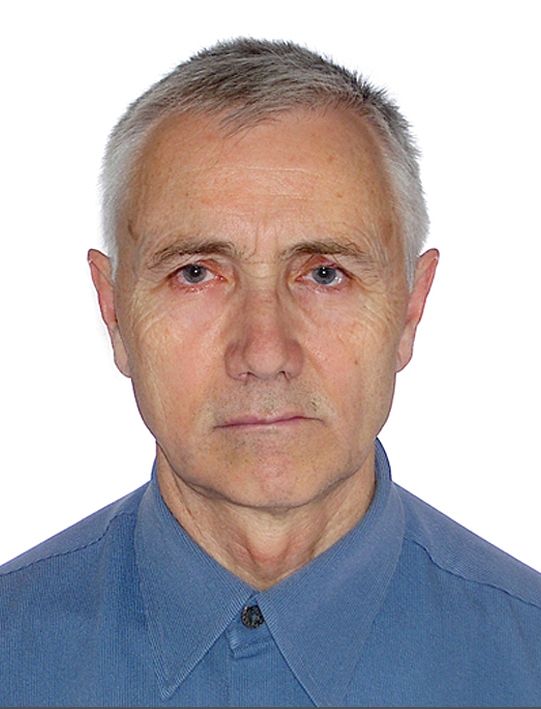
Target complex Programme for Research of NAS UKRAINE
Fundamental problems of hydrogen and renewable energy and fuel all technologies
Home |
Hydrogen production |
Hydrogen Storage |
Fuel cells |
|
|
|||||
Construction of SOFC unit in stack |
Applications
The aim of this work is to develop and produce an active sample of a film zirconia ceramic fuel cell on a lightweight metal support for power systems of unmanned aerial vehicles. It is important and relevant for strengthening the defense of Ukraine.
Short description
Solid oxide fuel cells (SOFC) will be made by tape casting and screen printing techniques putting them on porous metal substrate. It will support mechanically weak film SOFC. The thickness of both electrodes will not exceed 30 microns. The anode film will be put on the porous metallic substrate, through which hydrogen or other fuel gas will be supplied to the anode of the cell.
Expected properties
It is expected that in addition to significant reduction the weight and increase the mechanical stability of the new SOFC, they will have smaller polarization losses due to a significant decrease in the electrodes thickness.
Advantages
Reduction of the weight of fuel cell batteries and improvement of their mechanical and thermal cyclic stability will positively affect the use of SOFS in aircraft. Due to the fact that the SOFC must be film-based in principle, the obvious direction to solve these problems is to create cells on a strong lightweight metal support. The authors expect it will be able to meet the requirements of stability in the reducing and oxidizing environment and their cycling. Titanium based materials are much lighter because titanium density is ~4.5 g/cm3, which is significantly less than that of the world-famous Crofer22, which density is ~7.8 g/cm3.
Competitors
Lawrence Berkeley National Laboratory, US;
Imperial College London, UK;
Forschungszentrum Julich, Germany.
State of development
The opportunity to use the Ti - in situ composite as SOFC substrate or interconnect is studied. The composite was made. Its strength and electrical resistance before and after exposure in water at 600°C (SOFC operating temperature) were satisfactory.
The strength and electrical conductivity of ceramics samples made of 8YSZ powders produced by different manufacturers: STC Novitek and Zirconia Ukraine Ltd. (Ukraine) and Tosoh Ltd. (Japan) were compared. It was found that the Ukrainian 8YSZ powder is suitable for the SOFC application. The samples made of the Ukrainian powder have demonstrated higher electrical conductivity and strength than their Japanese counterpart.
The tape casting method for production of anode-electrolyte half-cells using ethylcellulose as a polymer and half-cell were elaborated.
The tape casting technique with ethylcellulose used as a polymer for production of the anode-carrier and electrolyte-carrier at SOFC application were elaborated too. The recommendations for the sintering modes for anode-electrolyte half-cell were formulated.
The dependence of SOFC electrical properties on the hydrogen concentration in the Ar-H2 model fuel gas at the same other operation conditions was established. The dependence of the SOFC power density at voltage 0.7 V and 600°C operation on the hydrogen concentration in the model fuel were established too.
Contact information
Executing :Responsible executive: Frantsevich Institute for Problems of Materials Science (National Academy of Sciences of Ukraine)
Project 19 «SOFS for aircraft»
Project leader:
 Vasylyev Oleksander D.
Vasylyev Oleksander D.
Head of department
Tel. +38 044 424-02-94
Е-mail: oleksa.vasylyev@gmail.com